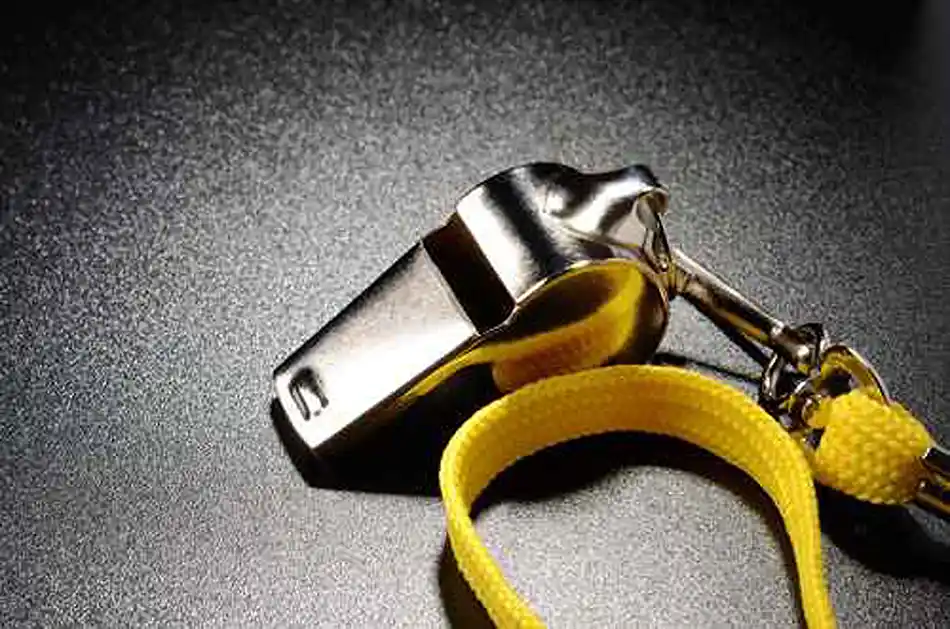Be the Ultimate Driving Supervisor
Jul 22 2014 11:53AM
Are you in the process of, or planning to be a supervisor to a partner, friend or family member who is learning to drive?
First things first, make sure you check that you are an eligible supervisor before venturing out onto the roads.
- You must be over 25 and under 72
- You must have a full UK, EEA or EU driving licence that you have held for 3 years
- You must be qualified to drive the vehicle which you are supervising in, for example a manual driving licence for a manual car
If you managed to tick all of the above you are ready to become the ultimate driving supervisor here’s how…
1. Start off with a briefing meeting
It is important for both you and the learner to devise a plan to establish what the desired outcome of the supervision is.
Are you starting from scratch? Do you want to squeeze in some extra practice? Or is this the final push before the big day? Once these have been discussed it will then be straight forward to monitor your progress and more importantly, help you both to get on the same page – this will avoid conflicts in the long run, we promise!
2. Check the car is safe and suitable
Once you have established what the learner driver’s aims are, the next step is deciding the car that you are going to supervise in.
Check the car is 100% safe and secure to drive by reviewing the latest MOT. You could even get a service before the supervision to ease the nerves about being in the passenger seat.
3. Plan your routes carefully
It is important to have a structure to your chosen routes whilst supervising a learner driver to avoid approaching a hectic roundabout that the learner is not prepared for.
Plan your routes in accordance to how prepared the learner is, as simply cruising about in the car may lead to some unexpected surprises!
4. Take it one step at a time
Try to visualise the learning process as a step ladder which the learner needs to climb up in order to reach certain stages. From manoeuvres to types of road such as a dual carriageway or windy country lanes, the learner needs to feel comfortable and more importantly prepared to take another step up the ladder, and you are involved in ensuring this goes smoothly so take it slowly and one step at a time.
5. Track progress
Once you have been through the planning procedure you are almost good to go! Whilst you are taking it one step at a time it is a good idea to track which stage of the ladder you have reached after each practice drive.
Tracking progress is important, as it will allow you to start straight from where you left off whilst avoiding any over exaggerations about how much you have actually practiced that busy roundabout.
6. Avoid conflict
If you and the learner driver have had a disagreement before the lesson and conflicts are still clearly brewing, then it might be worth postponing the drive until things have simmered down.
However, if you are already out on a drive and a stressful situation occurs, pull over and talk through what happened, wind down the windows and let the learner driver calm down fully before you continue.
7. Don’t let down your guard
It may be tempting to sit back and text a friend or check out the latest on your Facebook page whilst the learner is having a practice drive. However in this situation, it is actually illegal for the person supervising a learner driver to use a mobile phone.
You need to be as observant as if you were driving yourself to avoid any careless accidents.
8. Be a model teacher
As a supervisor you may have to drive the learner driver to a road which you feel may be most appropriate for the stage they are at. During the time which you are driving, try to avoid exposing the learner to some of your usual driving habits.
Make a conscious effort to hold your tongue when another driver frustrates you, avoid speeding and hold back from pulling out on roundabouts just that little bit too early.
9. Take a weight off your shoulder
Do you feel uneasy about teaching a learner driver from scratch? Do you want that extra bit of reassurance that you are teaching them what is required for their driving test? Then why not suggest the learner driver take some professional lessons to compliment your supervision- and take the pressure off of you a little!
10. Keep calm
Don’t let your expectations exceed too high; you must be understanding that the learner driver is still…well, learning.
Finally…check out our acceptance criteria before getting insurance to ensure that both the learner and the supervisor are suitable for our learner driver policies.

